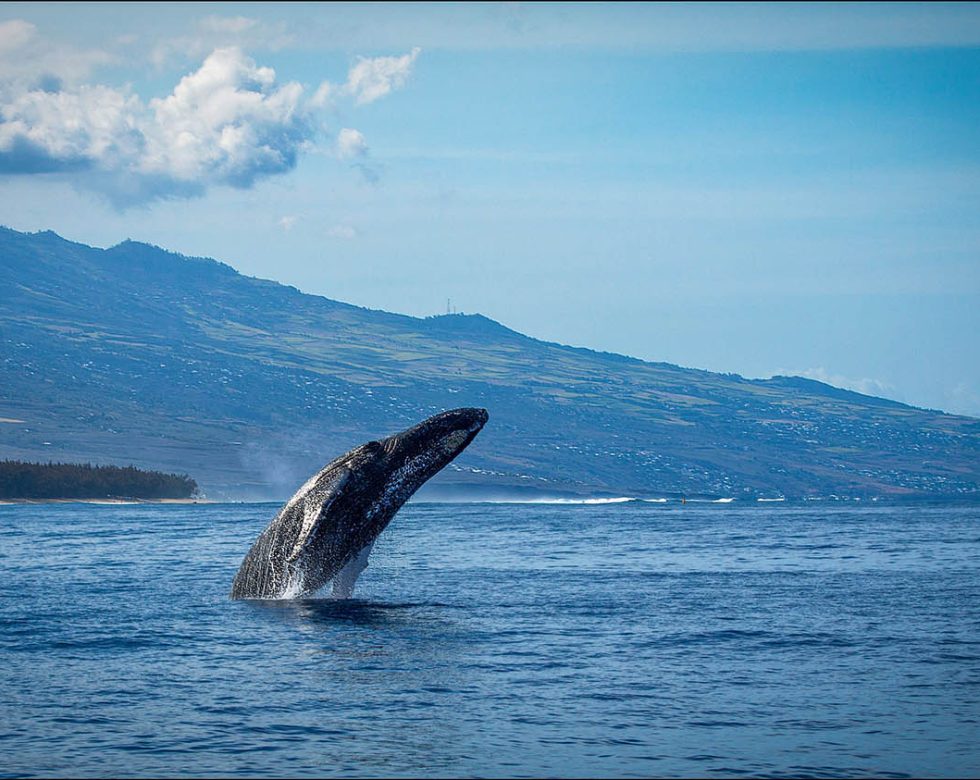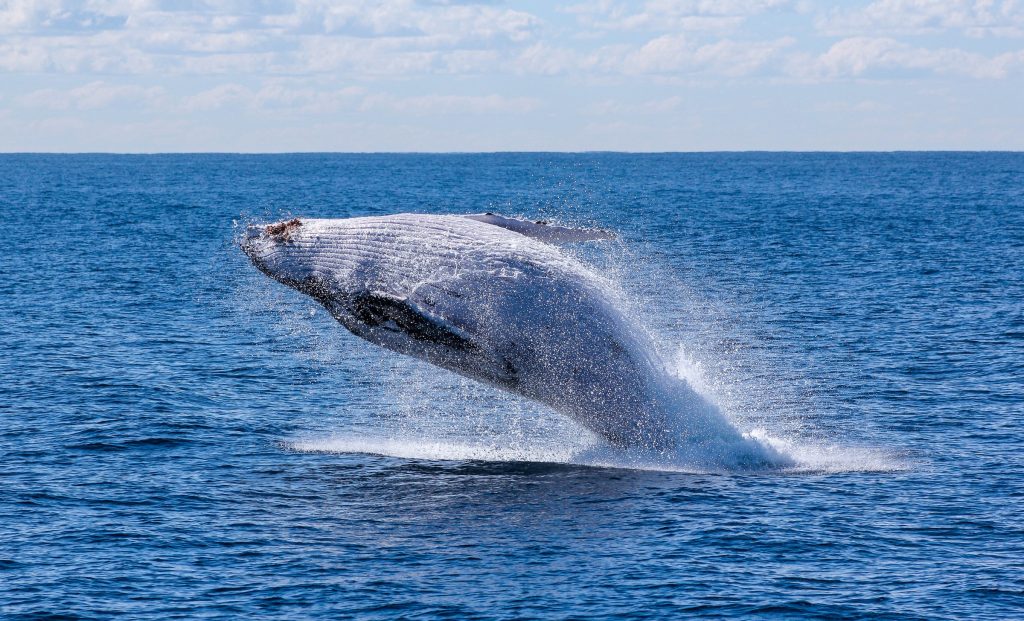Trivia: What is the largest animal in the world?
Answer: The blue whale


The blue whale, the scientific name Balaenoptera musculus, is the largest animal ever lived on Earth. The longest measured blue whale was a female 33.58m in length. However, specimens exceeding 34-35m are known, suggesting that they can grow even longer if given enough time.
The blue whale holds many other records, including the loudest animal, the heaviest, deepest diving mammal, and it can even dive to depths of up to 2000 feet. Blue whales feed only on krill (shrimp-like crustaceans) and gain enormous amounts of weight – they need at least 8 tonnes of food a day which is about 80 million krill!
The blue whale sounds like a bomb, and the chances of you ever getting to hear this creature is scarce. To put it in perspective, blue whales sound louder than thunder, but we only listen to them when we are near the surface and when there’s no wind.
The average lifespan of a blue whale is around 80 years old, and it cannot be stressed enough that these giants are an endangered species. It’s thought that there were 200,000 to 300,000 blue whales at the beginning of the 20th century, but hunting reduced their numbers to less than 10% of their original number.
In 1986, the International Whaling Commission (IWC) limited the global whaling quota to just a few hundred whales per year. Blue whales are now listed as an endangered species and it’s illegal to hunt them. However, this hasn’t stopped some countries from ignoring international agreements.
The blue whale can reach 50 km/h (30mph) and their tails alone weigh close to 200 kg (441 lbs). This helps them to dive up to depths of 2,000 feet. Baby blue whales are 2m long when they are born and start eating solid food on their first day!
The blue whale is a baleen whale, which means it lacks teeth. Instead, the giant feeds by opening its huge mouth to let water in and small prey such as krill get caught up by the thin bristles on the edge of the mouth. The whale then closes its mouth and pushes the water back out through its baleen plates which filter out all of the krill but allow the water to pass through.
The tiny prey swallowed by the blue whale will be crushed up in a part of their stomach called a gizzard (similar to birds) lined with tough cartilage. To maintain its enormous size, the blue whale can eat at least 8 tonnes of food each day.


